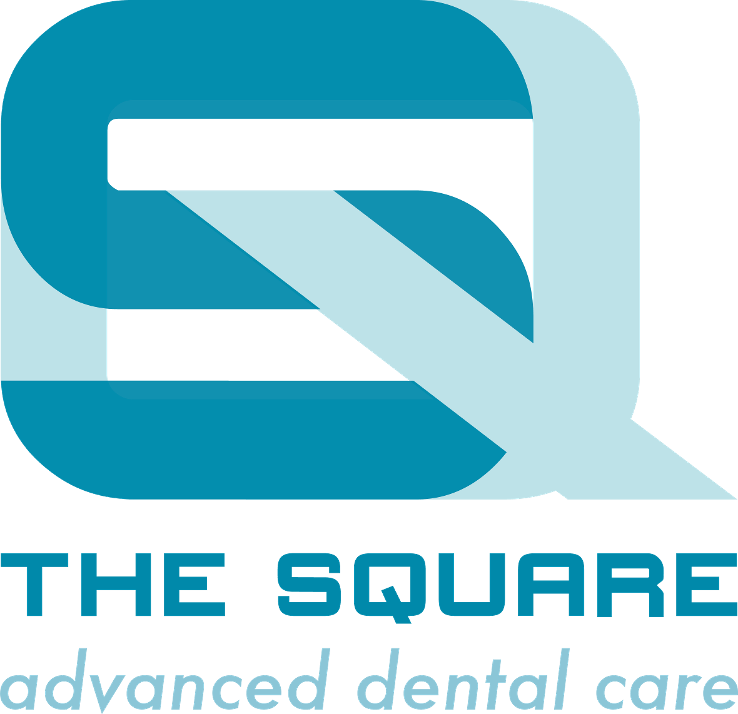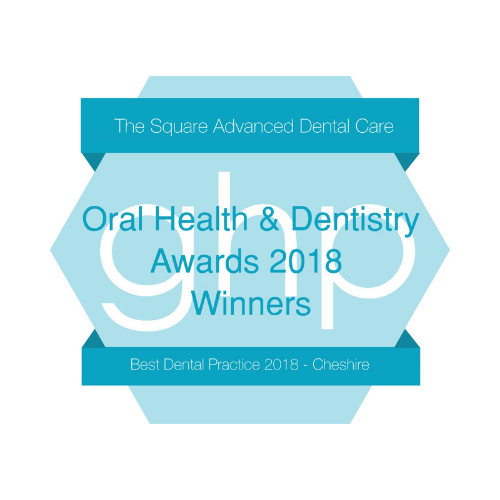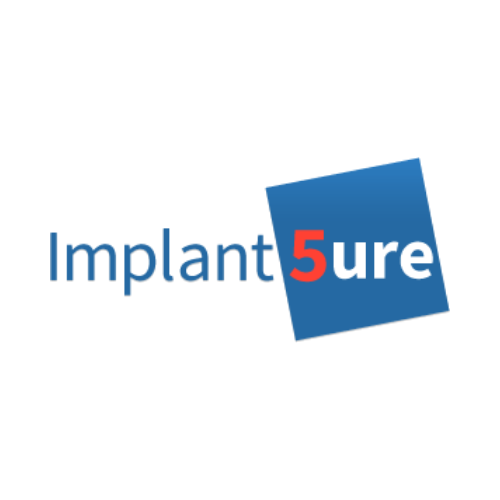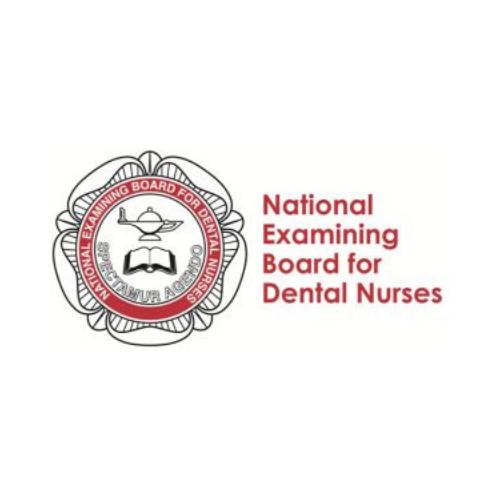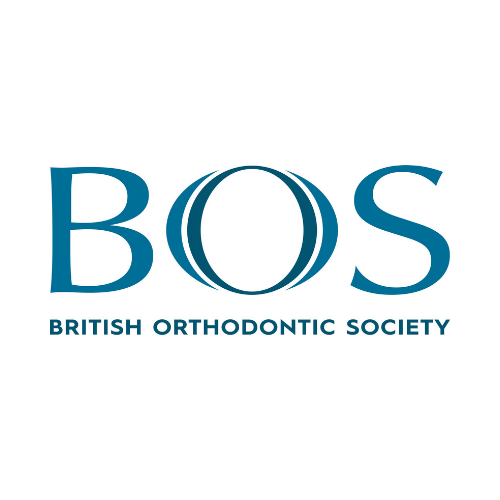Will I able to eat what I like afterwards?
Once completed, patients should be able to eat a normal, healthy diet with little or no difficulty.
What costs are involved in implant treatment?
The cost can vary, depending on the degree and extent of treatment required. The full cost is therefore explained and confirmed in a written treatment plan from your implant dentist
How long will it take?
Implant treatment usually requires a number of appointments over a period of months. In some cases, however, implant work can be completed in much shorter periods.
How long will it last?
Once treatment is completed, a regular routine of dental hygiene and regular check-ups should ensure that implants last for many years.
Am I too old for implant treatment?
There is no upper age limit for patients to undergo implant treatment, provided they continue to enjoy reasonably good health.
Is the treatment painful?
Patients are often surprised at how little discomfort they experienced during and after implant procedures.
Abutment
An abutment is the component which attaches the implant to definitive tooth restoration.
Barrier membrane
A membrane which is draped over a bone defect or bone graft to allow bone healing to occur without the ingress of soft tissue which could compromise the healing process.
Bone grafting/regeneration
This the placement of either natural or synthetic bone material to an area where natural bone is deficient. This may be performed at the time of implant placement, or as a separate procedure prior to implant placement.
Bone resorption
Bone resorption is the loss of height and/or width of bone in either upper or lower jaws. This process occurs throughout life but is accelerated in locations where tooth loss has occurred.
Bridge
A bridge is a method of replacing missing tooth or teeth by means of artificial teeth attached to other natural teeth or dental implants. Bridges may be glued in place (adhesive bridges) or supported by crown preparations (conventional bridges) and may be constructed of a variety of materials.
Bruxism
The clenching or grinding of teeth at times other than eating
Calculus
Hard deposits around teeth sometimes referred to as tartar. Calculus is the result of calcification of plaque around the teeth and can be prevented by rigorous attention to good oral hygiene measures. Once calculus has formed. It is difficult to remove. And in most cases, this would involve the services of a dental therapist or hygienist.
Complete arch
A complete arch is referring to the teeth of the whole of the upper jaw or lower jaw.
Consultation
An appointment with the dentist to discuss possible treatment options. The appointment may include an examination, X-rays and photographs along with open discussion and explanation where appropriate.
Crown
A crown is any form of restoration which covers the entire exposed surface of a tooth, and can be made of a variety of materials, including porcelain, porcelain bonded to metal and gold. Most crowns in visible areas of the mouth are in white colour
CBCT Scan
Cone Beam Computed Tomography scan is an advanced x-ray technique that produces three dimensional images of the jawbone. These images may only be views on a computer screen, since they are three dimensional in nature.
Definitive restorations
The Definitive restorations is the term used for the for the final implant-supported crown, bridge or denture in the course of treatment. The restoration will need periodic maintenance work and may need replacement.
Dental anaesthetics
Anaesthesia means without sensation (Greek), and this includes pain. Today most dental anaesthetics are by means of a simple injection into the area being worked on. More rarely procedures may be carried out whilst you are asleep; this is referred to as a general anaesthetic.
Dental implant
A dental implant is a man made “tooth root”. Most implants are made of metal, titanium or titanium alloy being the most common. Implants are placed into jaw bones surgically and may ultimately support crowns and bridges or be used to stabilise dentures.
Dentures
Dentures are removable false teeth custom-made to each patient. They are usually made from acrylic or a combination of acrylic and cobalt chromium.
Extraction
A dental extraction is the removal of teeth.
Extraction Site
The space/gap remaining after tooth removal.
Functioning implants
A functioning implant is an implant or implants which bears some kind of dental restoration, be it a crown, bridge or denture, and is capable of chewing.
Guided tissue regeneration
A procedure designed to enhance soft tissue (gum) healing, and may be used to improve the cosmetic effect around teeth and crowns
Gum disease
Disease of the soft tissues around teeth. Superficial gum inflammation is generally referred to as gingivitis; it is a response to accumulation of plaque, and in most cases may be resolved by rigorous oral hygiene measures.
Periodontal Disease
Unchecked gingivitis may progress with time to a more serious form of gum disease known as periodontitis; this involves loss of bone and may compromise the survival of a tooth or teeth.
Immediate loading
Providing a temporary crown or bridge simultaneous with the placement of the implant. This treatment is not suitable for all patients.
Inferior dental nerve
Sometimes referred to as the inferior alveolar nerve, this runs within a bony canal in the lower jaw, and supplies sensation to the lower teeth, before emerging from bone as the mental nerve which supplies sensation to the lower lip.
Integrate/Integrated/Integration
This means to bond or to fuse together.
Interdental toothbrushes
An interdental small brush, often just one tuft of “bristles”. This particularly useful for cleaning between teeth, and around implants, and may be used as an alternative to floss.
Maxillary sinus
A hollow air-filled space situated above the upper premolar teeth. This varies in size from individual to individual and gets larger throughout life.
Molars
The last three upper and lower teeth on both sides of the mouth.
Onlay Grafting
Where bone is taken from elsewhere in the body, i.e hip (rarely) chin or behind the molars and secured to the area where bone is deficient.
Osseointegration
Osseointegration is where the implant and bone bond or fuse together, and typically takes several weeks to months.
Plaque
Plaque is soft sticky, colourless film of bacteria that constantly forms on teeth and gums and can harden into calculus if not removed daily by effective oral hygiene such as brushing, flossing etc.
Premolars
The two teeth located in front of the molars on both sides of the mouth.
Reline procedures
Reline procedures is where a soft or hard material is used to correct the fitting surface of a denture after an extraction or surgery.
Removable overdentures
A denture which is supported by implants but is removable by the patient for cleaning purposes.
Restorations
The restoration is a filling, crown, bridge or denture. It effectively restores tooth/teeth for functional use.
Restorative phase/appointment
This follows the surgical phase of treatment regime, usually after a suitable degree of healing, typically a few weeks to a few months. In most cases this will involve the taking of impressions thus allowing the technician(s) to fabricate the definitive restoration.
Sterile Conditions
Sterility in this context means the removal of bacterial contamination. Realistically we never manage to achieve absolute sterility; however, we must always aim to get as close as we can to a sterile working environment. This will include the use of autoclaves to sterile all non-disposable instruments, along with drapes and gowns to isolate working surfaces and personal.
Sinus augmentation
A surgical procedure where bone regenerative material is inserted into the sinus to encourage the formation of a new bone to increase the height of bone available to accommodate implant placement.
Titanium
This is a biocompatible metal from which implants are manufactured. Titanium has been used for medical procedures including hip replacement for decades.
Treatment plan
A written detailed report on your dental implant procedure including proposed treatment timeframe and costs.
Book a Consultation
Start your treatment journey today!
Call the practice on 0161 980 9730
Or fill out the consultation form.
Awards, Accreditations & Affiliations
CONTACT DETAILS
2 Hollins House, 329 Hale Road
Hale Barns, WA15 8TS
info@thesquaredental.com
referrals@thesquaredental.com
OPENING HOURS
Monday: 09:30 – 19:30
Tuesday: 09:00 – 19:30
Wednesday: 09:00am – 18:30
Thursday: 9:00am – 18:00
Friday: 9:00am – 17:00
Saturday – By Appointment Only
